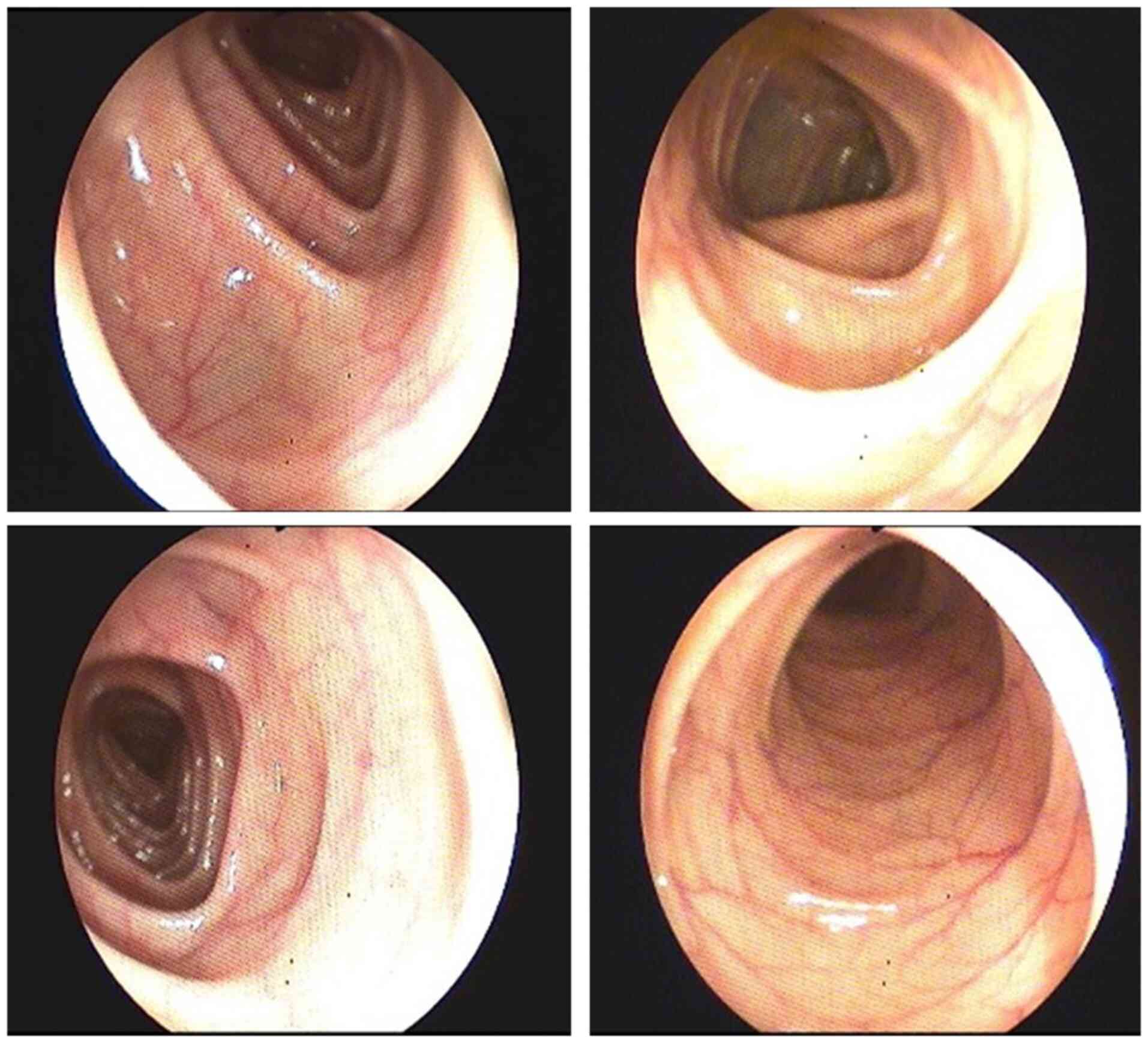From chronic pruritus to neuroendocrine tumor: A case report
- Authors:
- Published online on: January 4, 2022 https://doi.org/10.3892/etm.2022.11112
- Article Number: 189
-
Copyright: © Ceasovschih et al. This is an open access article distributed under the terms of Creative Commons Attribution License.
Metrics: Total
Views: 0 (Spandidos Publications: | PMC Statistics: )
Total PDF Downloads: 0 (Spandidos Publications: | PMC Statistics: )
Abstract
Chronic pruritus is a major and distressing symptom of many diseases of dermatological, neurological, psychogenic or systemic origin. This chronic itch could be a presenting sign of malignancy; therefore, paraneoplastic pruritus has also been associated with neuroendocrine tumors (NETs). This article focuses on a patient presenting with chronic pruritus for the past 12 months and who received numerous treatment schemes with very poor clinical improvement, that presented in the hospital for worsening of the chronic pruritus associated with skin rash and significant weight loss (approximately 6 kg over a 2‑month period). The laboratory tests showed iron deficiency anemia, eosinophilia and negative tumor markers. In order to investigate the hypoanabolic and anemic syndromes, upper gastrointestinal endoscopy and colonoscopy, which showed no lesions or tumors, were employed. Skin biopsy was performed and antihistaminic and local steroid treatment was initiated. The patient's status worsened within a week and the patient was started on systemic steroid treatment with poor results. Computer tomography was performed to identify any tumor(s) located either in the pelvis or abdomen. A lesion was found in the terminal ileum, identified as a hypervascularized associating bulky lymphadenopathy. The patient was transferred to the surgical ward where right hemicolectomy with manual ileotransverse anastomosis L‑L was performed. The histopathological result confirmed NET G2. The patient clinically improved, the skin lesions resolved and the itchiness disappeared. The general status improved significantly. NET G2 diagnosing was possible due to the atypic paraneoplastic sign: chronic pruritus. This case study highlights the association between itch and malignancy and presents an atypical way of NET presentation when all tumor markers remain negative.















